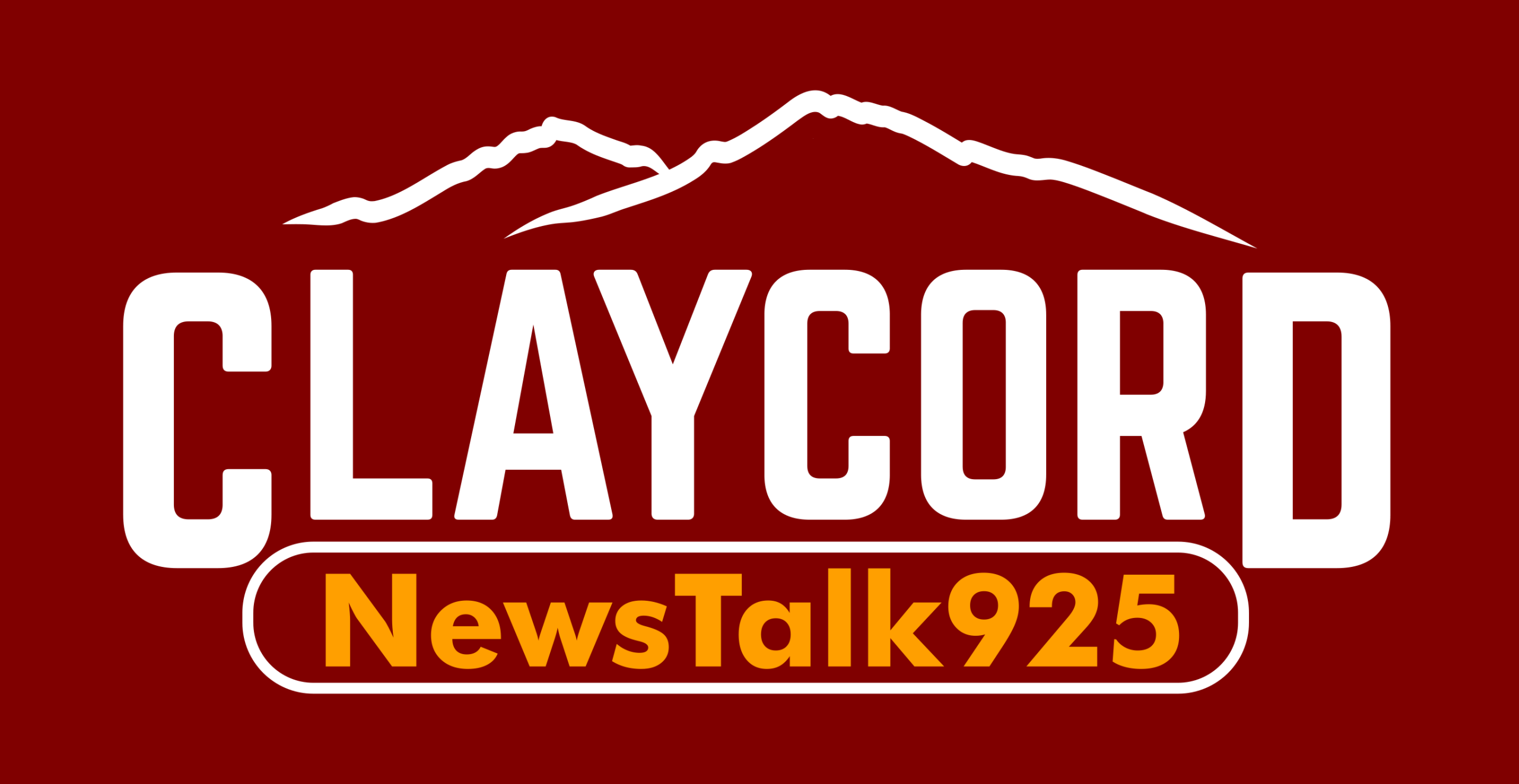By Joshua Picazo – EdSource
As enrollment rates across California’s community college system took heavy losses following the Covid-19 pandemic, colleges have focused on advertising their tuition-free access in recent months.
Tuition-free community college has been a reality for many students for several decades under the California College Promise Grant, which waives tuition fees for California resident students and non-residents under the California Dream Act who meet the needs-based criteria spelled out in the Free Application for Federal Student Aid, better known as FAFSA.
For students who don’t qualify for that grant, colleges have the option of using another pot of funding to waive tuition. The separate but similarly named California Promise, created under Assembly Bill 19 in 2017, set aside $46 million annually to be split among the state’s community colleges to support students.
Colleges get flexibility with how they spend their portion of the funds, but many are choosing to put theirs toward waiving tuition for students who don’t qualify for the Promise Grant, something administrators say is driving students back to their campuses following pandemic enrollment declines.
As of the current semester, all 116 California community college campuses offer some form of tuition-free education.
Thus far, it’s been well-received by students like Paige Stevens, a returning student at Folsom Lake College.
“I didn’t even know about it. I was set up on a payment plan, paid my first payment, and then the next time I checked my balance, it said it was paid by the California College Promise Grant. I had to look it up,” Stevens said. “Now that I received this financial aid, I was super excited and enrolled in another two classes to take advantage.”
While much of the data immediately following the pandemic focused on the massive drop in enrollment, which subsequently led to fears of funding cuts, enrollment in the state’s two-year colleges has begun to see a fresh increase, and many administrators point to the Promise Program.
Some campuses have gone a step further and offered awards to students who may not qualify for the Promise Grant program.
Since the 2020-21 semester, Diablo Valley College in Contra Costa County has been offering a “full-time free tuition award” that refunds tuition to students who are California residents, enrolled in at least 12 units, maintain at least a 2.0 GPA and follow an education plan. Marisa Greenberg, marketing and communications coordinator for Diablo Valley, said that more than 8,000 students took advantage of these programs at their campuses.
“DVC is experiencing a moderate increase in enrollment this semester, and although many factors impact enrollment, we are confident that the college’s free tuition programs have played a role,” Greenberg said in an email. “We know from conversations with students that receiving free tuition makes it possible for many students to either remain in college or to take more units, thereby accelerating their time to completing a degree or certificate.”
In the San Mateo County Community College District, tuition has been waived for all students, regardless of income, since the fall 2022 semester. Between the fall 2021 and fall 2022 semesters, there was an increase of about 1,500 students, or a 9.5 percent increase within the three district campuses, according to Chancellor’s Office data.
The enrollment increase continued in the spring 2023 semester, which saw another increase of 400 students. Spring semesters generally see a loss of enrollment, according to the data. The district’s ad campaign, as seen in mailers and online ads, has focused on pointing out that tuition is now free.
Chabot College in Hayward also has implemented tuition-free enrollment for first-year students, regardless of income.
“At Chabot College, we understand that the ability to pay or offset college expenses yields a greater probability of enrollment,” President Jamal A. Cooks said in an email. “We wanted to make sure to break down the barriers to postsecondary education,” he added, noting that it’s the path toward upward social mobility.
The strategy seems to be paying off as Chabot College’s enrollment remained steady between the 2021-22 and 2022-23 semesters, seeing only a slight drop of under 200 students.
Given that the state in 2025 plans to end its “hold harmless” protections, which are currently keeping funding for the colleges at their 2017-18 levels even if their enrollment has declined, these campuses will need to continue reversing the trend of enrollment losses to avoid cuts. Once the temporary freeze expires, the state’s funding for community colleges will largely be reflective of enrollment numbers. The California Promise program will be one of the critical tools they continue to lean into.
Chip Woerner, director of marketing and communications for Los Positas College, believes that remaining tuition-free keeps access to other services available.
“A tuition-free campaign … opens a conversation with students about the many resources available to them at our college,” Woerner said in an email.


Free tuition is how people waste 10 years in community college.
How about free trade programs? Free upon completion.
Free upon completion meaning people without trade skills have to come up with a large sum of money in advance and then the government will pay it back to them? You haven’t thought this through very far.
@Chuq – I question your assumption that trade school tuition needs to be a “large” amount of money.
A liberal arts education has a bloated curriculum, which in turn inflates the bill. Should people really be required to take PE classes and Ethnic studies, in order to get a degree?
A trade school model would be more competitive by being faster, cheaper and offering an immediate pipeline to employment. Should a student have to pay a bill for not completing a year or so of focused training – then so be it. Word will spread that trade school isn’t some post-high school limbo where people can flounder for years.
There’s always union construction. You get paid good while they train you. Probably make $70000 your 1st year as a apprentice
“IT’S NOT FREE, call it what it is, TAXPAYER SUBSIDIZED…
Shhh!
When the workforce gets educated, we all benefit. JuCo subsidies offer a hand UP that not only increases macroeconomic output over the medium term but also reduces future hand OUTs (including incarceration costs) over the long term.
It a win-win.
… and guess who is paying for it? .. so can I ask for reimbursement for the tuition I had to pay while I barely scraped by to pay for it? … holding 2 jobs down and working on cars and motorcycles under the table for gas money?
Well said!
I worked part-time and summers jobs to pay for expensive books and tuition and had to pay back student loans with bank interest! I lived at home with my parents. I commuted to college!
They need to refund tuition paid by students who did’t just pay tuition, they paid expensive student loans they had to take out for their higher education — back when nothing was free — the 60s and 70s.
And, they need to do it first! Then, we’ll see what ’s left over, if anything, for the “woke.” No wonder the elderly are bitter!
NOTHING is free.
It was almost free in the 60s and early 70s. My local community college was $13 per semester for a full time student, while the CSU was $91 per semester. A good private university I attended (Santa Clara University) was about $2,000 per year. To put it in perspective, a new Mustang was around $3,500 then.
“Tuition-Free”
.
TRANSLATION:
.
Taxpayer-funded… even for illegal immigrants.
When will they start serving “free” food to students on campus?
I believe that low cost or tuition-free access should be available to all residents, not just special classes of people that are eligible under the California Dream Act or the federal FAFSA.
.
You’re opinion and attitude are part of the problem.
.
With free school they never have to work,get govt perks and never ever get a job,Professional students for life.
If everyone gets a college education, it will become the new HS diploma and not really matter that much anymore. M
That’s not true because people’s brains keep developing well beyond age 18 which is the usual high school graduation age. College age is typically the time to program in good habits, improve work/study ethics, and good job skills. Older teens and young adults are also usually at a stage in life where support is essential. They have not saved up the tens to hundreds of thousands of dollars needed per student to pay full market rates to buy dozens to hundreds of acres of land, constructing and furnishing dozens of buildings, and staffing those buildings, that normally comprise a college or university. That’s why I believe it’s better that society fund the schools. It gives all young people the best shot at becoming successful adults.
An educated society also tends to be a better society.
They are not gonna buy the cow, when you give the milk for FREE.
This is a total waste of taxpayer funded dollars.
Make it free for the children of state residents who have and are paying for it all by paying taxes. It shouldn’t be free for those that haven’t payed for it.
There are so many other avenues toward a free education without always having to rely on the government for everything. Join the military. Many places of employment even part-time status like at Starbucks fir example will pay for your education. Scholarships from high school. Different organization offer tuition assistance. Many lazy people always want a free ride from the government. You could always be like myself when I was younger and work part time while living with Mom & Dad and attending a community College to knock out your electives. We lived very frugally for years to save money for our daughter’s college education so they would have zero debt when they graduated. Looking back, maybe we should of lived well and had our daughters education erased by Joe Biden.
@Cautiously Informed – I used to think in similar terms where education would be free for children of state residents but now advocate free or low cost for everyone. 1) If a family moves here due to job or life circumstances then their children would be penalized if their parents have not built up enough of a residency. 2) Families willing to pay the expenses of sending their children here for an education are both more motivated than typical people and are not sending their simpletons. We will be attracting the best and brightest, many of which will chose to remain here. 3) An educated society is a better society and so it makes sense to remove or lower as many barriers to education as possible.
People should be provided the government services that they have paid for.
The current long time trend here now in California is that those that pay for services, don’t get any; and those that don’t pay for anything, get the majority of services.
So, if you check the right boxes it’s free, if not your tax money will pay for those “free” people.
Make it free and the student drop out rate will be far higher than for those making a financial commitment. This isn’t new.
They should go ahead and try it for a few years and evaluate the results. Naturally if someone were to request those statistics, the answer would be a blank look and a shrug.
Taxpayer subsidized for the locals, and inflated unit costs $$$ for the large body of foreign students. Not that these cost would go back to the taxpayers, but to the retirement funds and equity & belonging, lgbtq… programs and staffing.